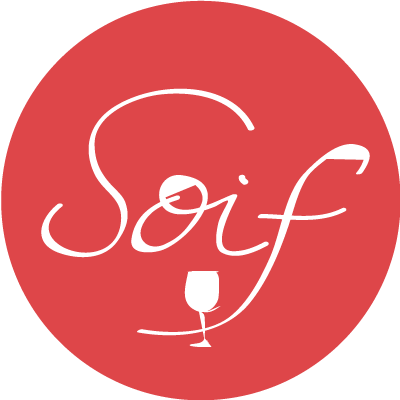The leader of our Terroiriste Pack found two beauties from northern France. To celebrate springtime, we have crisp Chablis. For those who want something more chewy in their glass, we have a natural Chinon from old vine Cabernet Franc.
2014 Domaine Bernard Defaix Chablis, Burgundy, France (100% organic)
This Chablis comes from Domaine Bernard Defaix. This family started making wine in 1959. At the moment the fourth generation from the family is in charge. Since 2009 they have made their conversion into organic farming official under the auspices of Ecocert. The main goal of the brothers Sylvain and Didier is to preserve the characteristics of each terroir with which they work. With this 2014 Chablis they did a great job. The ’14 vintage is fine and mineral, very typical of Chablis. Their vines are spread over 12 hectares, and situated in the heart of the appellation. This wine is aged in stainless steel tanks so as to respect the typicity of the appellation. Except the minerality, you’ll find lemon, grapefruit and some green apple. It goes without saying that this wine will be perfect with your seafood platter.
2012 Luc Sébille Chinon “Les Débonnaires”, Loire Valley, France (100% biodynamic)
Our red comes from Luc Sébille. Raised on the farm, Luc was a dairy farmer until his forties. He then decided to change the course of his life and became a ‘vigneron’. He now farms 14 hectares of old-vine Cabernet Franc in the heart of the Chinon AOC in southwest Touraine. Luc was mentored by Olivier Cousin (one of the finest French natural winemakers from this time). Olivier taught him to plough by horse and inspired him to fully embrace organic viticulture. Luc doesn’t like the under-ripe, herbaceous taste of cab franc. He makes them velvety and appealing. You think umami, dark fruit and maybe even ink. It’s juicy and delicious! Serve it with goat cheese, spinach quiche and your classic steak frites




